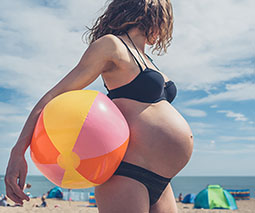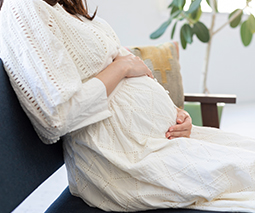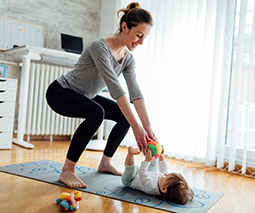Preventing pelvic floor injuries during labour: Kegels aren’t the only way
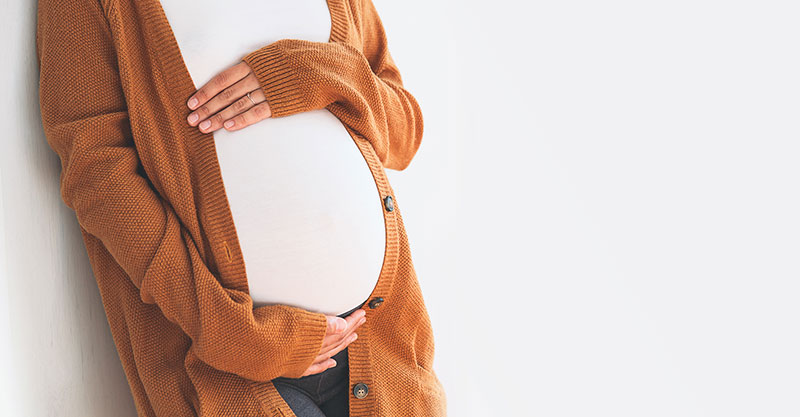
According to research from the 2015 Australian Institute of Health and Welfare ‘mothers and babies’ report, 12.5 percent of all Australian women who give birth will have instrumental vaginal deliveries. That is, they will experience giving birth with the assistance of a vacuum or forceps, and for many, this includes an episiotomy as well. Three years on, no doubt this rate is now higher. As a result, many women are experiencing traumatic birth injuries but according to Dr Heba Shaheed, co-founder of The Pelvic Expert, doctors aren’t warning women about birth injuries because they think women will be scared or embarrassed.
Clearly, this is one taboo that needs to be broken.
So what can women do to reduce their likeliness of sustaining a birth injury?
Sami Cattach, is an Australian trained and registered physiotherapist from Brisbane who specialises in women’s pelvic floor health. She is one of only two practitioners worldwide who is both a pelvic health specialist and a restorative exercise specialist, and her take on tackling this subject might surprise you.
Read more about pelvic floor health:
- 6 things to avoid with your post-baby pelvic floor (and 8 ways to firm it up!)
- How not to pee yourself after you’ve had a baby
- The truth about sex after birth; for when you’re ready to get back in the sack
Misconceptions leading the way
Sami says that talking about pelvic floor issues can be hard for many women because it’s such an intimate and personal topic. Sami believes that there are many misconceptions and stigmas associated with pelvic floor dysfunction because it’s assumed to be an issue only for the older generations – which can be quite embarrassing for women in their 20s and 30s.
“Most women assume there isn’t anything they can do about it. But because we don’t talk about it, a lot of women can feel very isolated if they do experience pelvic floor symptoms like prolapse, incontinence, or painful sex,” she says.
More common than we think
According to Sami, research states that one in three women will experience urinary incontinence after childbirth, but this statistic doesn’t include other symptoms like prolapse, painful sex or bowel issues. Although pelvic floor issues are relatively common, Sami stresses that they don’t have to be.
“There are so many things that we can do before, during, or after pregnancy to improve the function (not just the strength) of your pelvic floor,” she says.
“We know that there is an increased risk of pelvic floor trauma with the use of forceps and ventouse (vacuum), increased maternal age, and very long pushing phases. So in these cases, it is really important to see a women’s health physio after birth to make sure your recovery is on track!”
So what can women do to prevent pelvic floor injuries in labour?
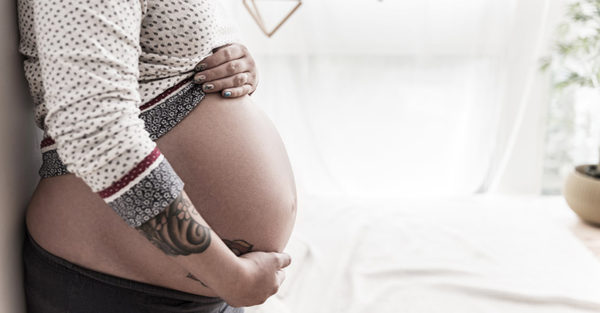
A whole body approach
According to Sami, pelvic floor exercises are just the tip of the iceberg.
Continuity of care throughout pregnancy and labour is incredibly important and leads to better birth outcomes. Current research backs this up, as well. Sami advocates for women being guided through their birthing experience by someone they know and trust. She adds that when a woman is able to move during her labour, working with her body and avoiding being on her back while pushing can also help reduce the need for medical assistance.
“While women can’t always control how their labour or birth goes, they can help to prepare their bodies leading up to childbirth for better postpartum outcomes,” she says.
“This doesn’t just include strengthening the pelvic floor, but also making sure these muscles can relax well, and that the hips and pelvis can move easily to allow for the best opening of the pelvis as the baby enters the world.”
Listen to Lyz Evans from Women in Focus Physiotherapy explain how to look after your pelvic floor:
Kegels are not the only way
So are kegel exercises the only answer to strengthening pelvic floor health?
Not according to Sami, who says that although kegels are great to train and coordinate the pelvic floor, they do have their limitations.
“Kegels only train the muscles in a very isolated manner, and without proper assessment from a women’s health physiotherapist – a lot of women are actually doing these exercises incorrectly, and women are therefore not getting any benefit from them,” she says.
“Sometimes this does more harm than good. Additionally, a lot of the women I see actually have too much tension and tightness in these muscles to begin with. Therefore, doing strengthening exercises only tightens them further and will not solve the underlying problem.”
The answer lies in addressing all the contributing factors together.
Sami says that for a strong, healthy and functional pelvic floor women need to look at the whole body picture.
“These muscles need to be trained as a whole, not as just a separate piece,” she says.
“This means seeing a women’s health physiotherapist who will take into account any lifestyle factors, whole-body strengthening exercises and looking at how each woman moves, stands, breaths, sits and uses her body throughout the day.”
For more information and a free eBook on Sami’s top five pelvic health tips can be found on her website.


